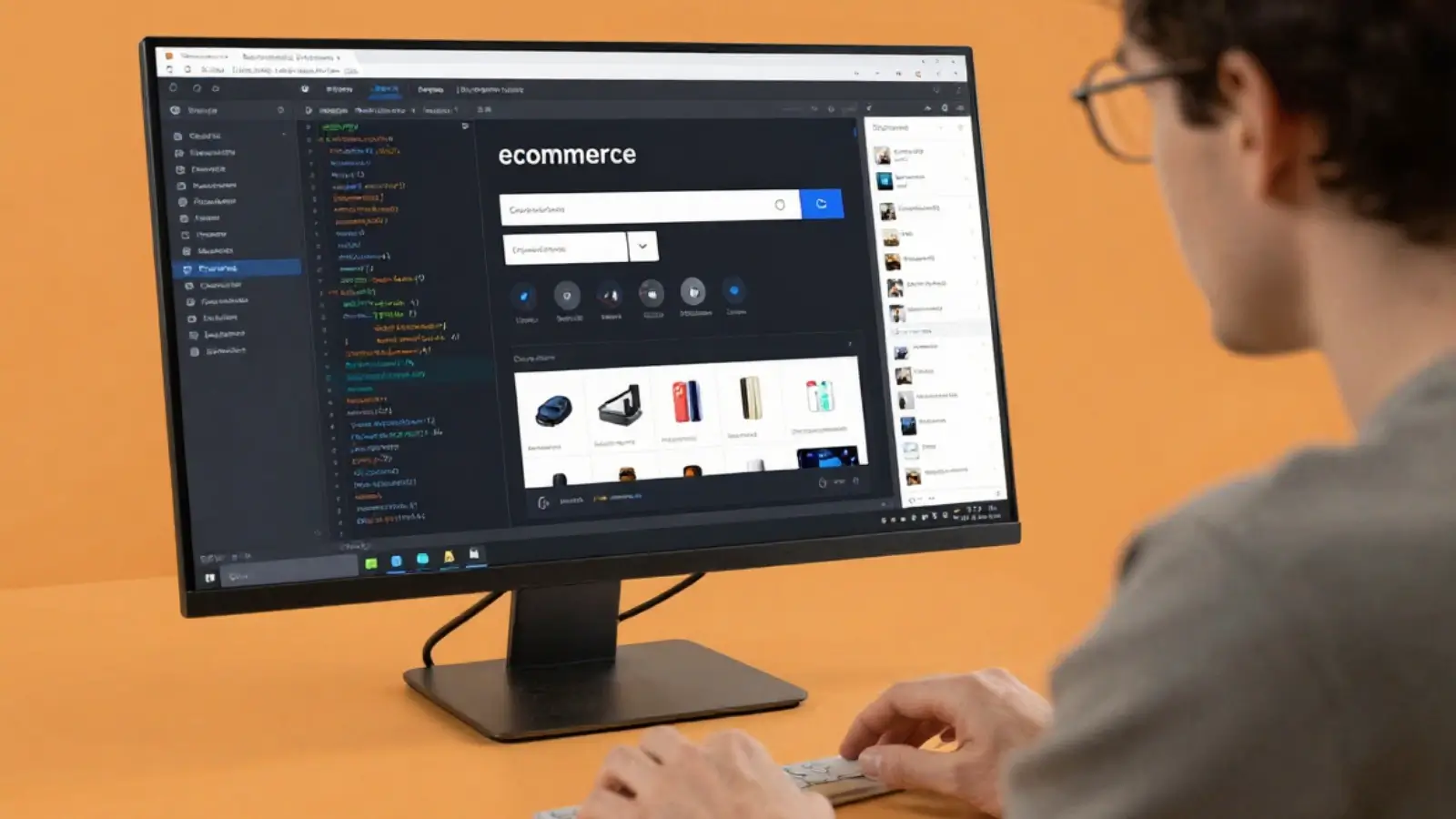Universal Product Codes, more commonly known as UPCs, are a fundamental component of retail and supply chain systems. These codes help in efficiently tracking and managing inventory, simplifying checkout processes, and ensuring accuracy in product identification. In today's digitized commerce landscape, UPCs are indispensable tools that bridge the gap between businesses and consumers.
What Are UPCs?
UPCs are standardized barcodes used primarily in the United States and Canada for tracking trade items in stores. Each UPC consists of a unique 12-digit number assigned to a product, represented by a machine-readable barcode. These codes allow retailers, manufacturers, and distributors to quickly and accurately identify products throughout the supply chain.
Structure of a UPC
A standard UPC is made up of:
- Number System Digit: Identifies the type of product or its purpose.
- Manufacturer Code: Assigned by GS1 (the global standards organization).
- Product Code: Chosen by the manufacturer to specify the individual product.
- Check Digit: Calculated through an algorithm to validate the barcode’s accuracy.
This structure ensures that no two products have the same UPC, thus eliminating confusion at points of sale or during inventory checks.
The Importance of UPCs in Retail
UPCs revolutionized retail operations when they were first introduced in the 1970s. Before their widespread adoption, clerks had to manually enter product details into cash registers, which was time-consuming and prone to errors. UPCs changed all that by enabling barcode scanning systems that greatly improved efficiency.
Benefits for Retailers
- Faster Checkout: Scanning a UPC takes seconds, helping reduce long queues.
- Inventory Control: UPCs help in real-time stock tracking and replenishment.
- Sales Data Analysis: Retailers can easily monitor which products sell best and when.
- Price Accuracy: Products are scanned with precise, pre-programmed pricing, reducing discrepancies.
How UPCs Support Manufacturers and Distributors
For manufacturers, UPCs play a vital role in streamlining production, warehousing, and logistics.
Manufacturing Efficiency
Each product variation (e.g., size, color, model) gets its own UPC, helping to avoid mix-ups in assembly lines and packaging.
Improved Distribution
Distributors can scan UPCs to track goods through each stage of the supply chain, from warehouse to retail outlet. This tracking minimizes the risk of lost or misdirected inventory.
UPCs in the Age of E-commerce
As online shopping continues to surge, UPCs are more critical than ever. Online marketplaces such as Amazon, Walmart, and eBay often require sellers to list products using UPCs. This requirement helps ensure product listings are accurate, consistent, and easy to search.
Enhancing Product Visibility
When products are listed with their correct UPCs, they become easier for customers to find using search tools. Retailers can also prevent duplicate listings and fake products from entering the marketplace.
E-commerce Integration
UPCs allow for seamless integration across various platforms, enabling retailers to manage both physical and digital inventory in a unified way.
How to Obtain UPCs
Businesses must obtain UPCs from an authorized issuing body, typically GS1. The process involves:
- Registering with GS1: Businesses receive a unique company prefix.
- Assigning Product Numbers: Combine the company prefix with product-specific numbers.
- Creating the Barcode: Convert the number into a barcode using software or barcode generators.
Cost Considerations
While registering with GS1 involves an initial and recurring fee, this investment ensures product legitimacy and avoids issues with retailers or online marketplaces that may reject unofficial UPCs.
Common Misconceptions About UPCs
There are several myths surrounding UPCs, particularly among small business owners and new sellers.
Myth 1: All Barcodes Are UPCs
Not all barcodes are UPCs. There are other barcode types, such as EAN (European Article Number), QR codes, and Data Matrix codes. UPCs are just one format used primarily in North America.
Myth 2: UPCs Contain Pricing Information
Contrary to popular belief, UPCs do not store price data. Pricing is linked to the UPC within the retailer’s database.
Myth 3: You Can Reuse UPCs
Each UPC is unique and tied to a specific product. Reusing UPCs for different products can lead to confusion, inventory errors, and potential penalties from retail partners or platforms.
The Future of UPCs
With technological advancements, UPCs are evolving. GS1 and other organizations are exploring ways to incorporate more data into barcodes, such as batch numbers, expiration dates, and origin details.
Digital Link Technology
This innovation allows consumers to scan a UPC barcode and access detailed product information via a smartphone. It enhances transparency and consumer trust, especially in sectors like food, pharmaceuticals, and apparel.
Sustainability and Smart Packaging
As sustainability becomes a global priority, UPCs may soon include environmental impact data, making it easier for eco-conscious consumers to make informed choices.
Conclusion
UPCs are far more than just black and white bars on packaging—they are the foundation of modern retail and supply chain management. From simplifying checkout procedures to enabling global e-commerce, the role of UPCs in today’s commercial landscape is indispensable. As technology evolves, so too will the capabilities and applications of UPCs, ensuring they remain relevant and valuable for decades to come.
Whether you're a startup bringing your first product to market or an established manufacturer expanding into new territories, understanding and utilizing UPCs is key to efficient operations, regulatory compliance, and long-term business success.

















